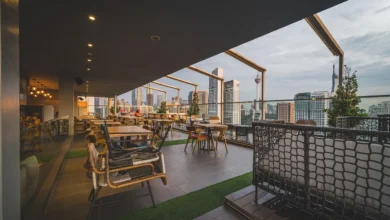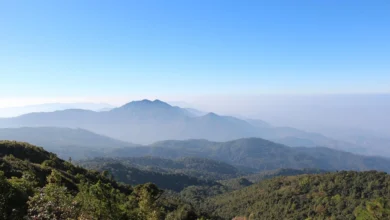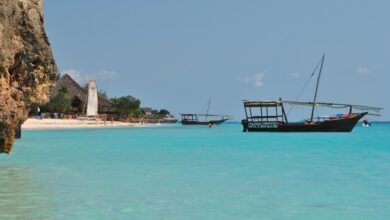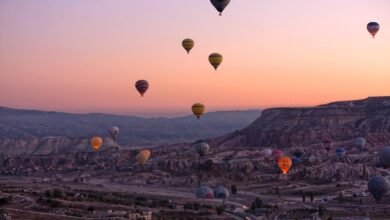Top 10 Places to Visit in Sri Lanka According to TripAdvisor
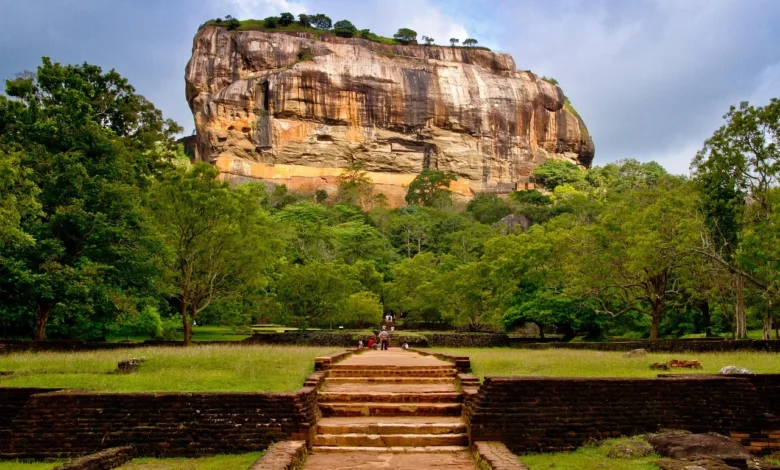
Golden beaches, emerald hills, ancient monuments, and lively cities all squeeze into Sri Lanka’s tiny, teardrop‑shaped outline. The island rewards every kind of traveller with quick changes in scenery, warm smiles, and irresistible food. Below you will find ten must‑see places, each explained in clear language to help you plan an unforgettable, search‑engine‑friendly holiday.
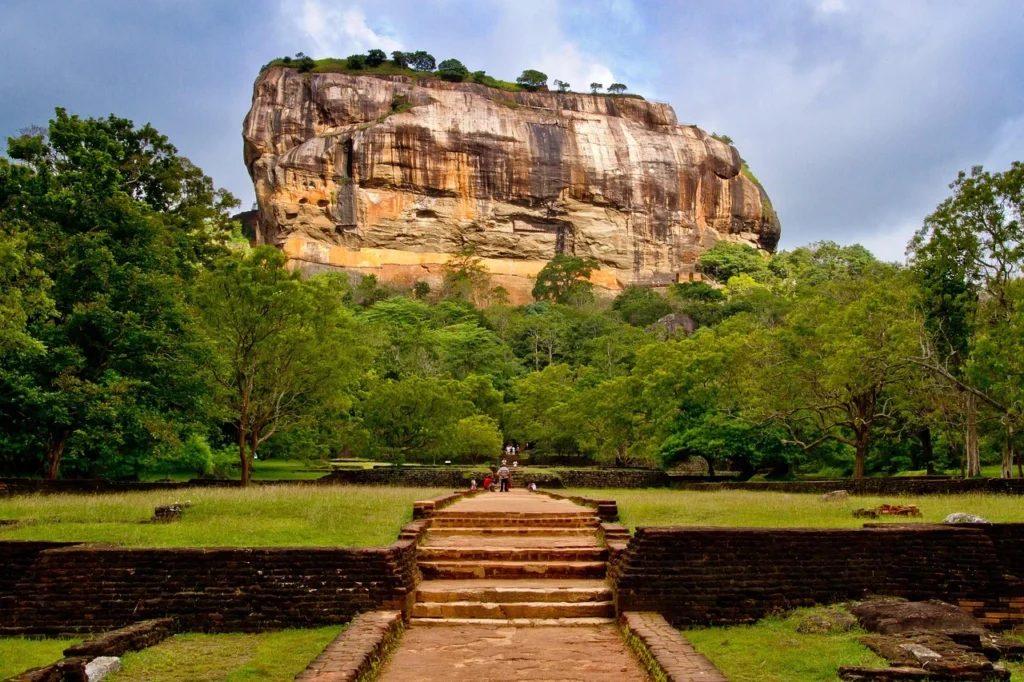
1. Is Sigiriya Rock Fortress Sri Lanka’s most iconic view?
Climb 1,200 terracotta steps and you stand on the summit of Lion Rock, a 200‑metre monolith that once held a fifth‑century royal palace. Halfway up, colourful frescoes still glow in natural rock pockets. At the summit, stone foundations outline audience halls, bathing pools, and ancient gardens.
From the top, you gaze across jungle plains to distant hills; at dawn and dusk, soft light turns the whole panorama gold. You buy an electronic ticket at the base, enter before 8 a.m. to avoid queues, and follow one‑way staircases that keep the climb smooth and safe. Rangers now limit daily numbers, so reserve online in advance.
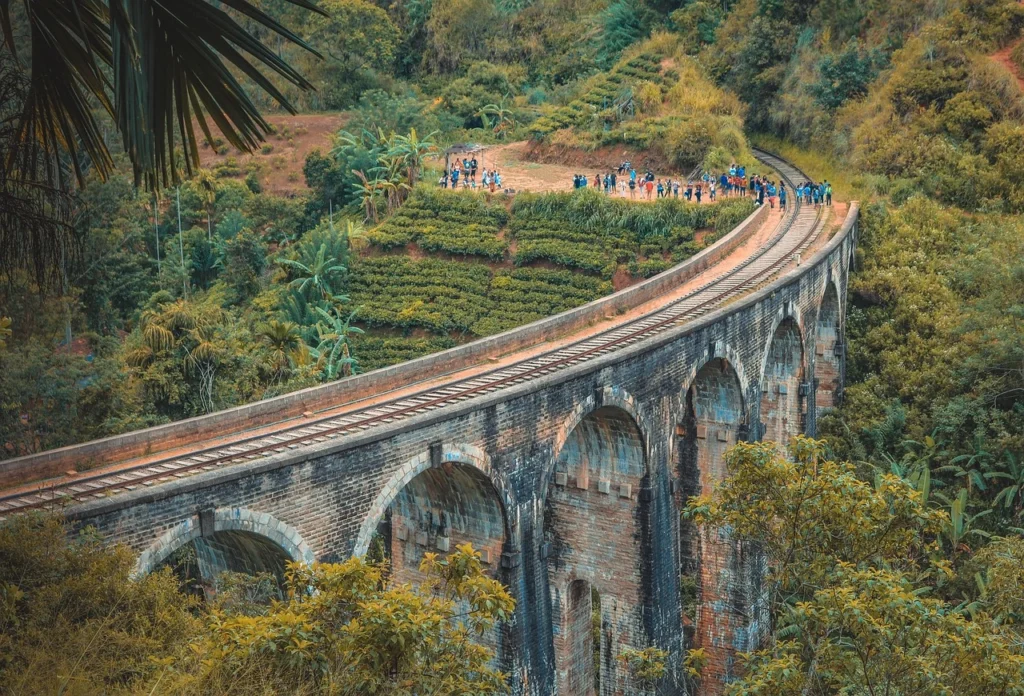
2. Does Ella gift you the world’s most scenic train ride?
Yes, especially the six‑hour stretch that links Kandy, Nanu‑Oya, and Ella. Carriages rattle at a lazy 30 km/h past waterfalls, pine forests, and tea fields so green they resemble velvet. Locals dangle their legs out of open doors, vendors hop on with spicy vadai, and friendly commuters point out peaks such as Adam’s Peak.
You secure a reserved seat by booking through Sri Lankan Railways’ official site or via the mobile app 30 days out. Most visitors prefer the blue express in second or third class for open windows and full immersion. Sit on the left when travelling uphill from Kandy for the best valley views, swap sides on the trip down to Colombo.
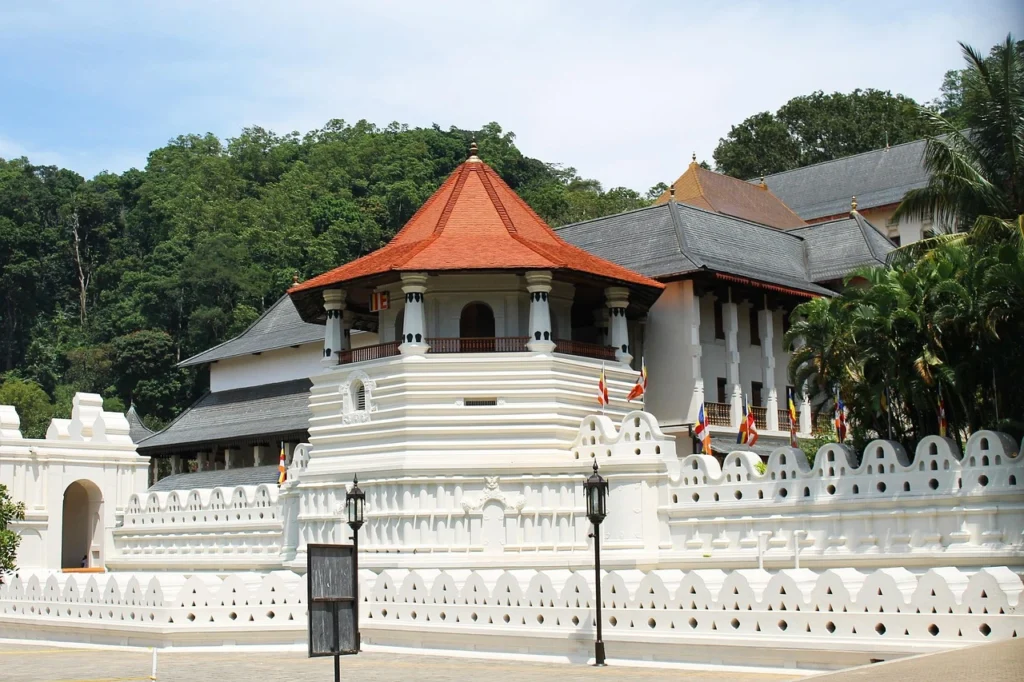
3. What secrets does the Sacred City of Kandy reveal?
Kandy cradles Sri Lanka’s holiest relic, the Buddha’s tooth, inside the Temple of the Sacred Tooth complex beside Kandy Lake. Drummers lead daily puja ceremonies where saffron‑robed monks carry the relic’s golden casket amid clouds of incense.
Beyond the temple, you stroll through the Royal Botanic Gardens at Peradeniya, taste sticky treacle‑covered kavum at the Central Market, and watch graceful Kandyan dancers during Esala Perahera, a ten‑night July/August festival of elephants and fire torches. Stay two nights so you can rise early for a short hike to the Bahirawakanda Buddha statue for sunrise.
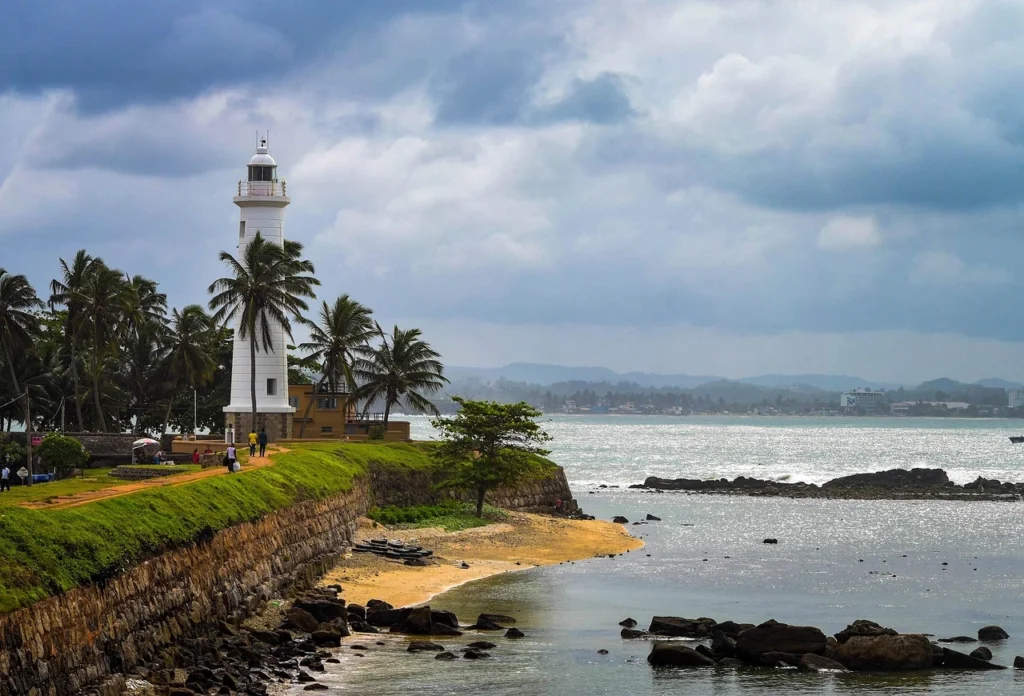
4. How does Galle Fort blend history and seaside beauty?
Step through the Dutch‑built ramparts and you enter a time capsule of 17th‑century churches, pastel mansions, and narrow lanes fragrant with cinnamon. Shuttered cafés sell Lankan‑Arab fusion curries, while stylish boutiques stock hand‑loom sarongs.
Sunsets draw everyone to the lighthouse bastion to watch the Indian Ocean crash against coral‑rimmed walls. By day, you cycle to nearby Unawatuna Beach, snorkel the Rumassala reef, or take a tuk‑tuk to Koggala Lake’s cinnamon island. Spend one night inside the fort to savour its quiet, candle‑lit streets after day‑trippers leave.
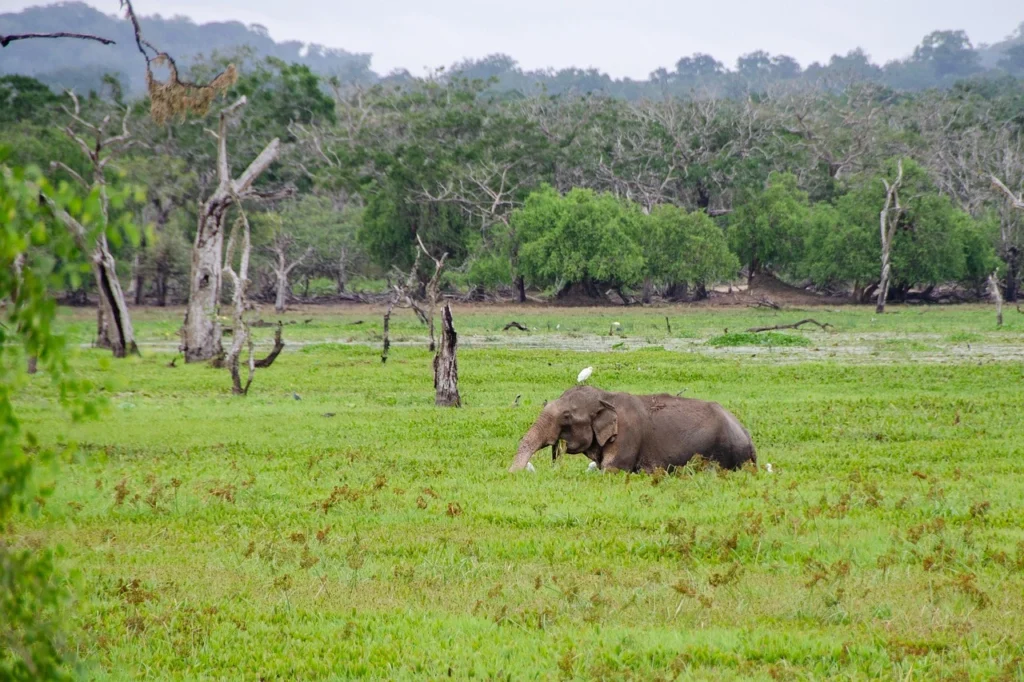
5. Why should Yala National Park top your wildlife list?
Because nowhere else in Asia lets you spot leopards so reliably. Guides estimate one big cat per square kilometre inside Yala Block I, and dawn safaris often reveal sleepy leopards draped over tree branches.
You also ride open jeeps past dinosaur‑like mugger crocodiles, Asian elephants, sloth bears, and over 200 bird species. The park reopened fully in January 2025 with stricter speed limits and a daily jeep cap to protect animals from traffic. Base yourself in Tissamaharama, leave at 4.30 a.m., and carry binoculars plus a buff to block fine red dust.
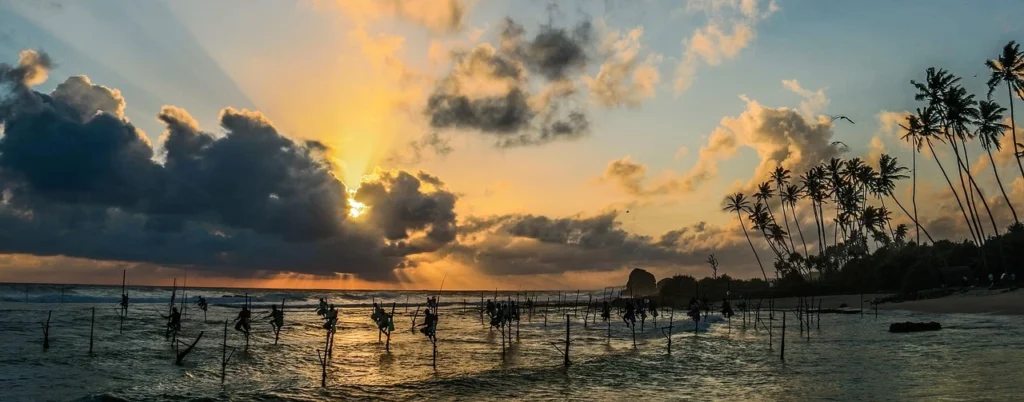
6. Can Mirissa be your perfect tropical beach escape?
Mirissa curves like a golden crescent, backed by coconut palms and dotted with cafés that grill fresh tuna each evening. Dawn brings a different spectacle: blue whales breach just 40 minutes offshore between November and April, with spinner dolphins surfing in their wake. Tour boats now follow a government code that limits chase time and keeps a respectful distance.
Away from the water, you hike to Coconut Tree Hill for a postcard photo, rent a scooter to Secret Beach, and sip lime‑chilli mocktails at low‑key reggae bars. Digital nomads love Mirissa’s fibre‑optic speeds and mellow mood, so you may end up staying longer than planned.
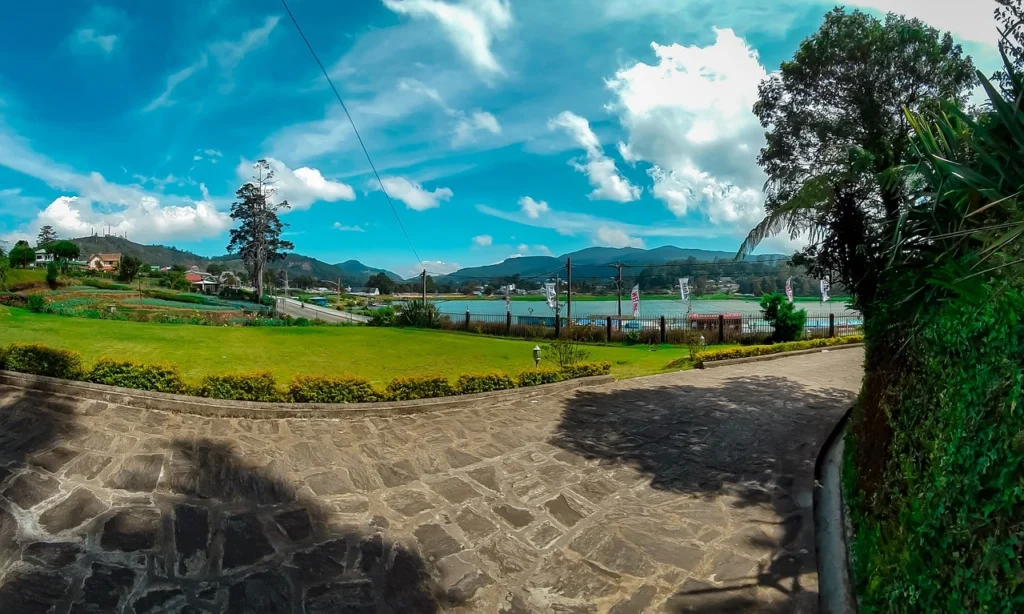
7. What makes Nuwara Eliya feel like “Little England”?
Cool breezes, misty slopes, and mock‑Tudor villas lend this hill town a surprising British vibe. You tour 19th‑century tea estates such as Pedro and Damro, tasting bright Ceylon brews straight from the source.
Horse races still run at the colonial‑era turf club, while Lake Gregory offers paddle‑boats and lakeside pony rides. Pack a light jacket because night temperatures can drop to 10 °C. The 9‑km World’s End trail in nearby Horton Plains rewards early risers with sheer 870‑metre cliffs plunging toward the lowlands, carry water and start by 6 a.m. to beat the fog.
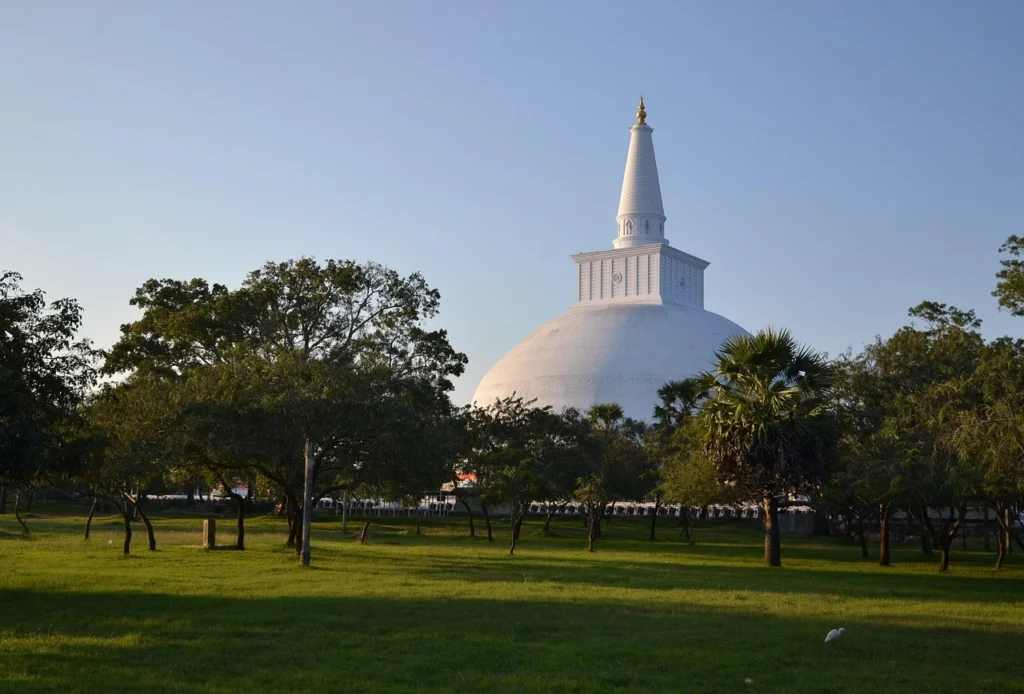
8. How do Anuradhapura’s ancient ruins inspire modern travellers?
Anuradhapura thrived for 1,300 years, leaving behind vast dagobas such as Ruwanwelisaya and Jetavanaramaya, serene ponds, and the 2,300‑year‑old Sri Maha Bodhi tree. Pilgrims still circle these stupas clockwise, draping them with saffron cloth.
Rent a bicycle to explore the flat archaeological park, buy the cultural‑site pass at the main gate, and wear clothing that covers shoulders and knees. Recent digital signboards (installed in late 2024) now explain each monument, making self‑guiding easy. After sunset, visit the low‑key local food stalls outside the northern gate for crisp vegetable rotti and king coconut juice.
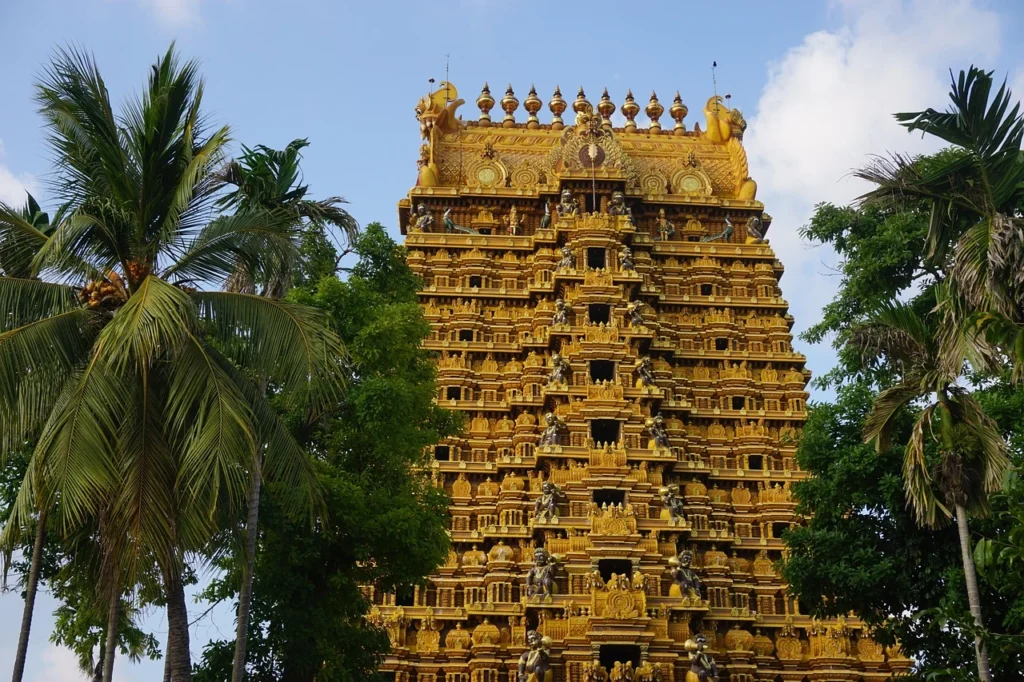
9. What adventures await in Jaffna, the cultural gem of the north?
Jaffna blends vivid Tamil traditions with Portuguese, Dutch, and British footprints. Start at the 17th‑century Jaffna Fort, wander to the candy‑coloured Nallur Kandaswamy Kovil for rhythmic evening puja, then hop a ferry to Nagadeepa Island’s twin Hindu‑Buddhist shrines.
Beyond town, you soak in the mineral springs of Keerimalai, cycle through palmyra palm groves, and sample spicy crab curry served on banana leaves. Thanks to the reopened Jaffna‑Colombo expressway, buses now cover the 400 km trip in under seven hours, bringing more travellers to this once‑remote peninsula.
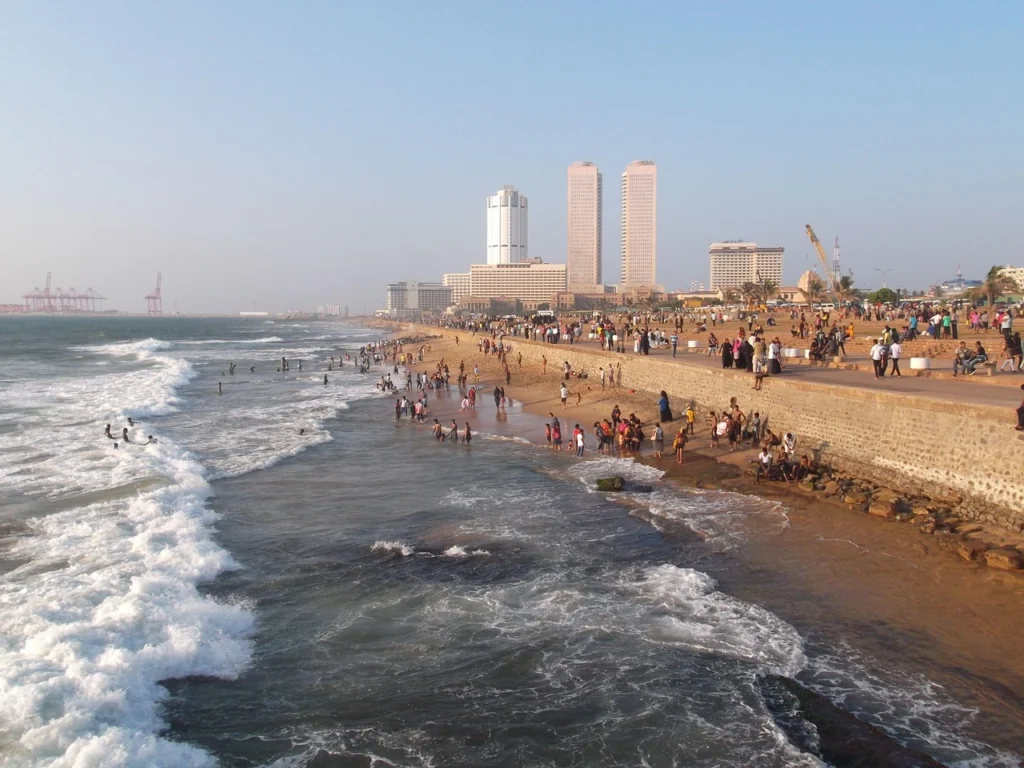
10. Could Colombo surprise you as more than just a port city?
Sri Lanka’s capital fuses colonial facades with glass skyscrapers, art‑deco cinemas, and the breezy Galle Face Green promenade. You sip locally roasted coffee in refurbished warehouses at the Dutch Hospital precinct, then browse designer sarees along independent boutiques in leafy Cinnamon Gardens.
Colombo’s culinary scene bursts with variety: try black‑pork curry at a family‑run “rice and curry” hole‑in‑the‑wall for lunch, celebrate sunset with shrimp kotthu in buzzing Pettah, and finish with creamy “faluda” on Marine Drive. The new Fort‑Multimodal Transport Hub connects airport express trains, buses, and tuk‑tuk ranks, making onward travel effortless.
Conclusion
Sri Lanka packs UNESCO wonders, world‑class beaches, cool highlands, rich wildlife, and a patchwork of cultures into an island the size of Ireland. Plan at least two weeks to sample all ten destinations, travel by train where possible, and book national‑park safaris and Sigiriya tickets early to secure limited daily slots. With friendly locals, affordable prices, and improving infrastructure, Sri Lanka promises one of Asia’s most rewarding journeys. Now is the perfect moment to go.
FAQs
Q1. When should I visit Sri Lanka to get the best weather?
The southwest (Colombo, Galle, Mirissa) stays sunny from December to April, while the east coast enjoys calm seas from May to September. Hill‑country hikes feel coolest between February and April. If you want island‑wide good weather, aim for March or early April when both monsoons pause.
Q2. How do I move between these ten places quickly?
Combine the blue train for hill country, air‑conditioned “Intercity” buses for coastal hops, and pre‑booked private cars for off‑route stops like Yala. Buy rail seats online 30 days ahead, use the PickMe app for tuk‑tuks in cities, and always allow extra time for scenic photo breaks.
Q3. What budget should I plan for food and accommodation?
Backpackers manage on US$35 per day with hostel beds and roadside meals. Mid‑range couples average US$90 daily for cosy guesthouses and café dining. Boutique villas or national‑park glamping raise costs to US $200 + per night, but everyone enjoys the same cheap public transport and free temple visits.

